PLA keeps information about the Strategic Support Forces secret
Forces of strategic support are the youngest of the armed forces of the Chinese army. SSP PLA were formed in order to gain superiority over potential adversaries in space and cyberspace. Their main tasks are: the organization and maintenance of space reconnaissance; collection, analysis and processing of information from reconnaissance satellites, as well as radar and optoelectronic intelligence; management of a nationally developed radionavigation satellite system known as the “Baidou”, as well as a strategic early warning and space monitoring system; conducting various operations in cyberspace. So the appointment of the SSP is seen by the authors of the “Foreign Military Review”.
It is worth noting that Beijing has repeatedly stressed the fact that the proliferation of increasingly sophisticated precise, long-range, smart and unmanned weapons, including those built with elements of stealth technology, poses a potential threat to the country. In China, they say that outer space and cyberspace are turning into areas of future decisive battles. In addition, in Beijing indicate that the process of integrating information technology in the course of the conduct of hostilities ("informatization") is constantly accelerating. In this context, the creation of the BSC is a response to the challenges of the new time.
The activities of the PLA Strategic Support Forces are classified. At the same time, the decision of the Chinese government to merge 4 or 5 military departments into a single structure, which today stands at the same level as fleet and the country's air force, says that Beijing takes the possibility of non-kinetic wars very seriously. In the PRC, non-kinetic weapon consider their “trump card”, and the CSP is the force that will help the traditionally weaker strategic forces and the Chinese army to defeat such a powerful rival as the American army, says military journalist Bill Hertz in his article “The new forces of strategic support for the PLA remain a mystery” Asia Times Edition
The strategic support forces of the Chinese armed forces personify the structure that combines strategic capabilities that are very important from Beijing's point of view - superiority in cyberspace, space, electronics, intelligence and information. These forces are directly subordinate to the Military Council of the CPC Central Committee, and not to the PLA General Staff. At the same time, it is not known exactly how the MTP and the regional commands of the Chinese army correlate, and also what role is assigned to them in the event of a military conflict.
According to experts of the Central Anti-Monopoly Agency - the Center for New American Security, Beijing with the help of the Strategic Support Forces will be able to more actively use high military technology - from artificial intelligence capabilities to advanced weapons - in the field of electronic warfare and cyberspace. The report, prepared by the TsAB specialists, states the following: "The PLA's strategic support forces are designed to increase the country's combat capability in cyberspace, and China's research in machine learning and Big data will help to get advantages in the future." In a broad sense, “big data” is spoken of as a socio-economic phenomenon, which is directly related to the emergence of technical capabilities to analyze huge amounts of data, and the resulting transformational consequences. The TsNAB believes that researchers from the University of Information Technologies collaborating with the PLA SSP use the capabilities of artificial intelligence to protect against large-scale cyber attacks.
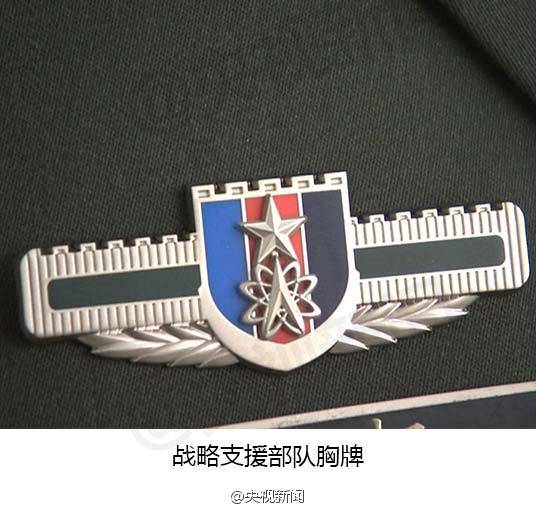
Chinese experts are working to use machine learning and artificial intelligence in “cognitive electronic warfare” - abilities aviation and other weapons systems when they enter the combat zone, quickly recognize all available electronic threats and effectively defend themselves from them. Also, the Chinese armed forces are financing the work that will allow in the future to quickly and efficiently track any radio signals.
Most Western analysts who observe the increasing military power of the PRC most often mention the MTP and warn that very little is known about these troops. The most detailed information about the Strategic Support Forces was presented in the annual report of the commission on the assessment of military and economic relations between the United States and China. It is reported that since its inception in December 2015, the MTP began to conduct PLA operations in space, cyberspace, as well as in the field of information and electronics.
The PLA General Headquarters was reorganized during the 2015 reforms of the year, after which the Radio and Radio Intelligence Intelligence Services (PLA Third General Staff Department), as well as the electronic warfare service (PLA Fourth General Staff Department) were included in the MTP. According to the prepared report, the military intelligence service (Second Department of the General Staff of the PLA) was also included in the MTP. China's military intelligence collects, processes and analyzes data, carries out military intelligence and conducts special operations. Apparently, at present, the MTP are engaged in military intelligence and surveillance, working closely with all types of Chinese armed forces, as well as in addition deal with the issues of "information" war.
American intelligence officials believe that the Second and Third PLA General Staff departments are involved in cyber attacks on US companies and government agencies. Back in May, the US Department of Justice 2014 filed an accusation against PLA hackers who were affiliated with the Third Department against 5. It is also believed that the BSC is involved in the creation of advanced weapons, among which may be directional energy weapons. In a possible cyberwar, they will be able to conduct reconnaissance, defensive and offensive operations, actively interfering in the work of the networks of a potential enemy.
The report says that two Pentagon analysts believe that in a possible war in space, the PLA strategic support forces will conduct offensive operations and carry out engineering activities for the space group. These works will consist of assistance in positioning, ensuring stable communication, navigation, etc. The SSP will also engage in space reconnaissance and surveillance, including tracking the launches of ballistic missiles and spacecraft.
American analysts refer to the offensive capabilities of the SSP, the possibility of using three types of anti-satellite missiles, as well as directional ground-based energy weapons. It is believed that the Chinese army has satellites that are able to get close to the enemy’s satellites and cause damage to them. The People's Republic of China carried out 6 tests of similar satellites. The main task of the SSP, in the opinion of the American side, is similar to the concept of restricting and prohibiting access and maneuver, these forces will focus on supporting Chinese troops in the fight against the enemy (mainly with the American army) near the territory of the PRC and the Chinese coast. At the same time, members of the US commission on the assessment of military and economic relations between the United States and the People's Republic of China agree that the SSP created increase Beijing's military power and allow the country to more effectively confront the United States in the Indio-Pacific region.
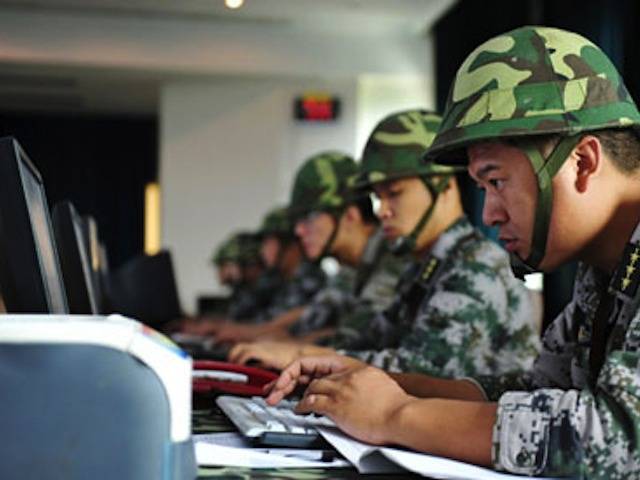
According to another American analyst, Dina Chen, from the Heritage Foundation, the appearance of strategic support forces in the PLA reflects Beijing’s desire to gain “information domination”, which, according to the Chinese military leadership, will be necessary for victory in future wars. James Fanell, a retired US Navy Captain of the first rank, who had previously led reconnaissance of the US Pacific Fleet, notes that very little is still known about the activities of the SSP, and all their work is shrouded in mystery. “Xi Jinping created the PLA strategic support forces two years ago, today they support the non-kinetic defensive and offensive operations of the PLA, while in the shadows,” Fanell notes. “Satellites for spectral research, a new radar with synthetic aperture, all this allows China to more effectively control sea areas, or take, for example, the integration of cyberwar experts — thanks to all the listed, the combat capability of the Chinese army is growing every day, and the MTP actively help” .
Protection from cyber attacks by the Strategic Support Forces of China will be a daunting task for Washington and its allies. At the same time, they themselves will have to create and improve offensive cyber weapons, which will be able to bypass the protection of the PLA. James Fanell points out that the Pentagon’s budget should include cost items for countering existing cyber threats from China.
In the United States, cyber threats are traditionally considered by the Russian Federation and China as very high. Newsconcerning this problem appear in the information space regularly. For example, 30 in November 2017, Elaine Duke, acting head of the US Department of Homeland Security, during her speech at a hearing in the House of Representatives, expressed her opinion about the “cyber threat coming from Russia and China”. According to her, if you count on a ten-point scale, then she would stop at the assessment in 7-8 points.
And at the very beginning of 2017, US National Intelligence Director James Clapper, speaking in Congress, noted that China is not stopping cyber espionage against the United States. According to him, the cyber espionage from Beijing continues, although there has been a slight decrease in its activity. The reason for calling James Clapper to Congress with a report was the publication of information that the Chinese had stolen 22 million files with sensitive information, including those that belonged to American intelligence.
The collapse of the Soviet Union significantly changed the priorities of the Chinese big strategy. Since now China is not threatened by the invasion of a first-class land army from the continent, the focus of strategic planning has shifted toward the sea. Focus on Taiwan and the United States. Most likely, Beijing is based on the assumption that any serious conflict between Beijing and Taipei will be caused by interference from Washington. In order to fend off such intervention, China actually turned to the national version of the “strategy of indirect action”. Within the framework of such a strategy, force, most often, turns out to be subordinated to diplomacy, and it is usually used to deter the enemy, not to crush him. Not being able to quickly form an ocean fleet that could compete with the US, China made a bet on other weapons systems.
In particular, the creation of a powerful off-shore defense system, the creation of a large mosquito fleet of the near-ocean zone, the development and deployment of numerous cruise and ballistic missiles in non-nuclear equipment, allow China to keep almost all US bases in the western Pacific under attack and significantly hinder actions US Navy in Taiwan waters. As part of betting on other weapons systems, the creation of the Strategic Support Forces seems to be fully justified, its role in a world where information, control over it and its dissemination are becoming increasingly important.
Their creation fits into the plans of China in the framework of the 13 5-year plan (2016-2020 years) to become a powerful cyber power. China in the framework of the new five-year plan intends to increase its technical capabilities of control over cyberspace, as well as promote a multilateral, transparent and democratic international system for managing the Internet. In addition, China "will strengthen the fight against enemies in the sovereign online space and increase control over public sentiment on the Internet."
The reforms of the PLA, according to Chinese military historians, calculated for the period up to 2049, also pay great attention to informatization. The main goal of the reforms is the creation of computerized armed forces, which will be able to operate effectively in military conflicts with the use of information technology. The main content of the modernization of the PLA at the present stage of their existence is the informatization and computerization of the armed forces, the strengthening of their combat capabilities by improving the interaction of all types of troops during joint operations. The Chinese leadership sees the ultimate goal of the ongoing military reforms in creating such armed forces that will effectively accomplish the tasks of nuclear deterrence, successfully operate in modern high-tech wars (local scale) and successfully carry out anti-terrorist operations.
Chinese and foreign military analysts today agree that the three main activities for which the SSP will operate will be the space direction (providing space reconnaissance, navigation and satellite communications), the electronic direction (electronic warfare, jamming, disruption of work and reducing the effectiveness of the control systems and communications of the likely enemy, as well as protecting their own troops from similar actions by the enemy) and cyberspace (conducted attacks on computer networks of the enemy, as well as the defense of their own national network resources). Forces of strategic support for the PLA united the majority of units and subdivisions that had previously worked on solving such tasks as part of the ground forces, navy and air force of the country, as well as various directorates disbanded as part of the ongoing reform of the General Staff of the PLA. It is noted that the separate task of the CSP will be the information support of the political and military leadership of China in peacetime and wartime.
Information sources:
http://www.atimes.com/plas-new-strategic-support-force-remains-enigma
https://militaryarms.ru/armii-mira/vooruzhennye-sily-kitaya
http://armiya-china.tass.ru/vooruzhennye-sily
Chinese military power as a new factor in world politics. M .: Scientific expert, 2016. 112 with.
Open source materials
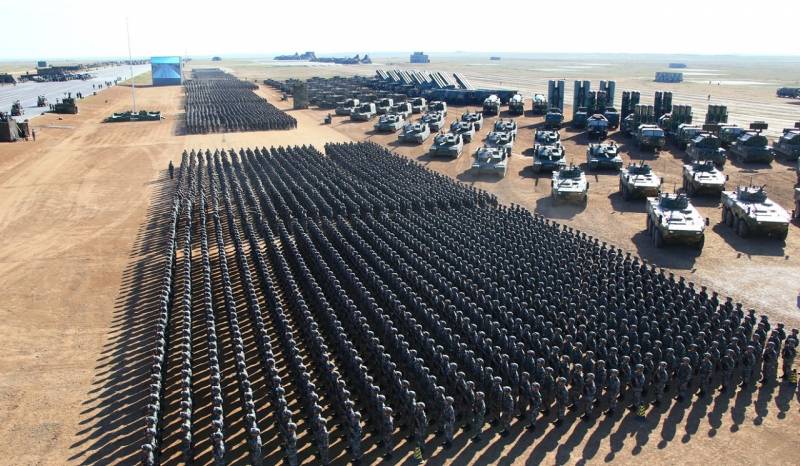
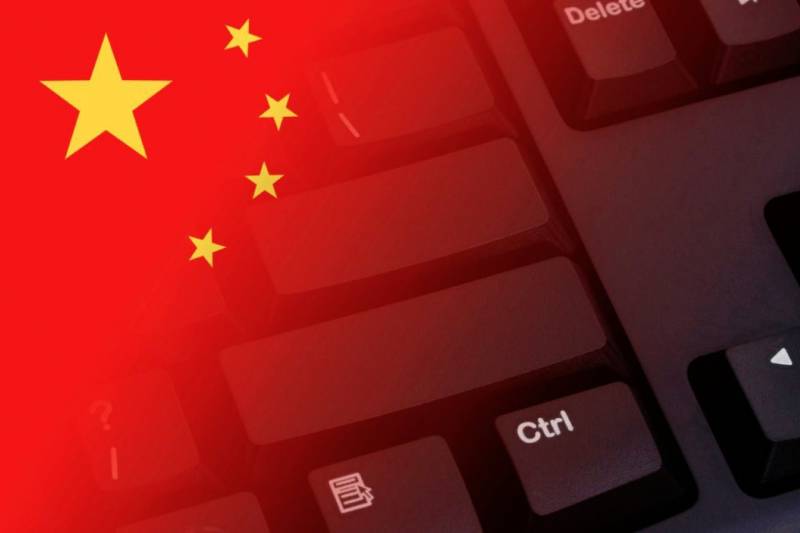
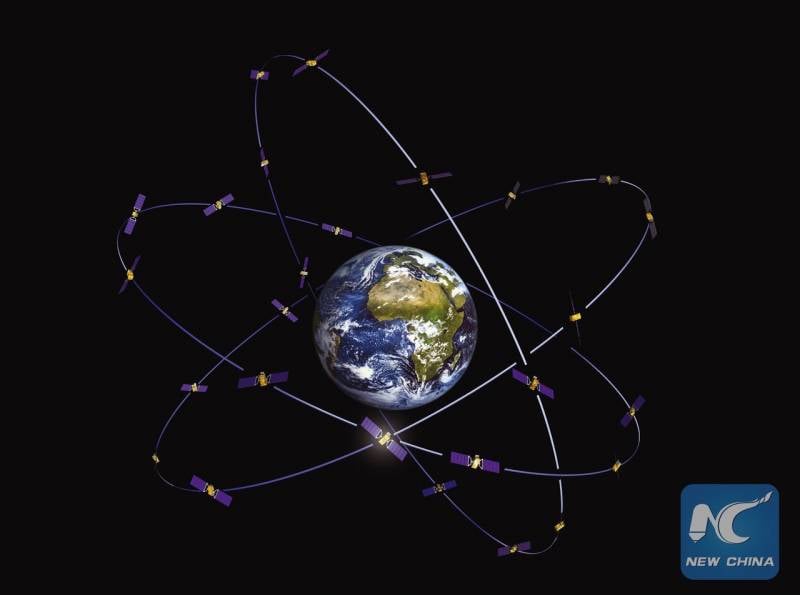

Information